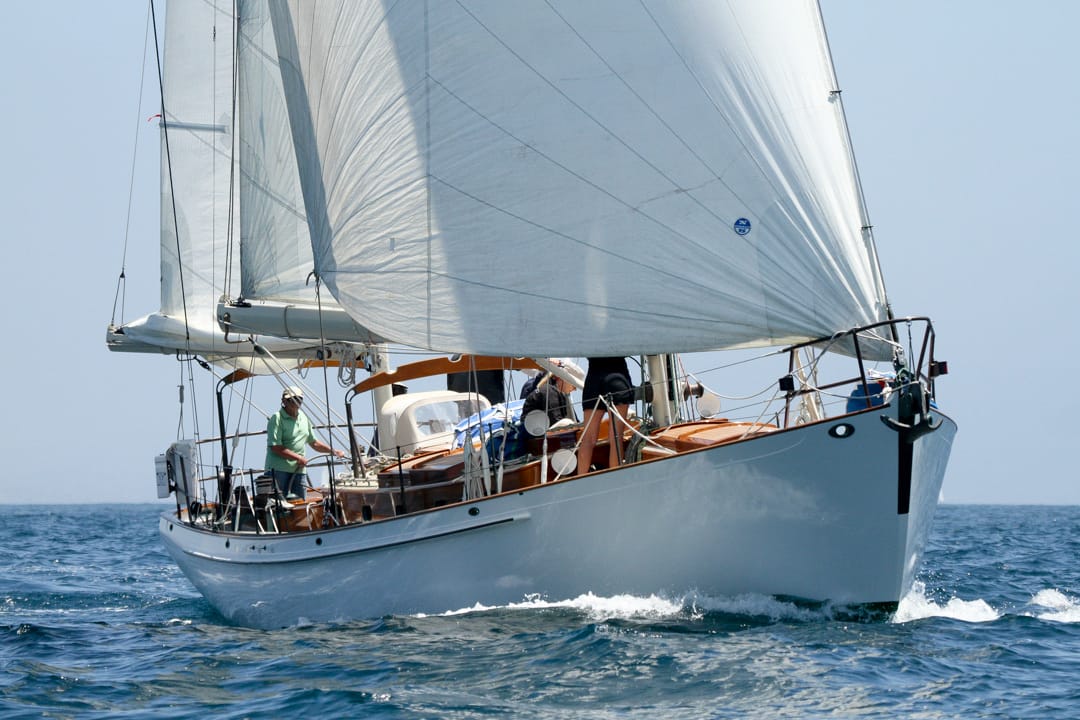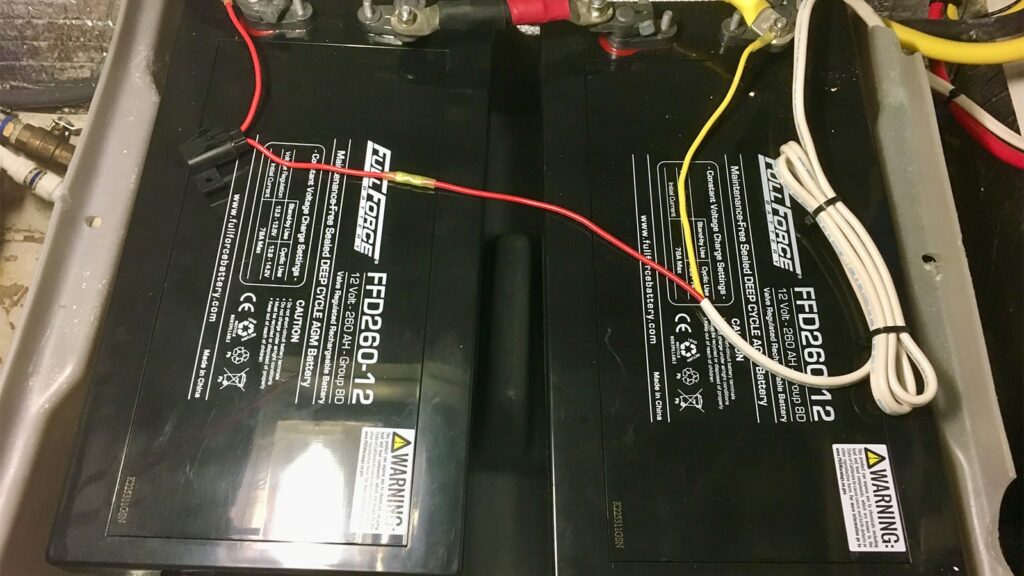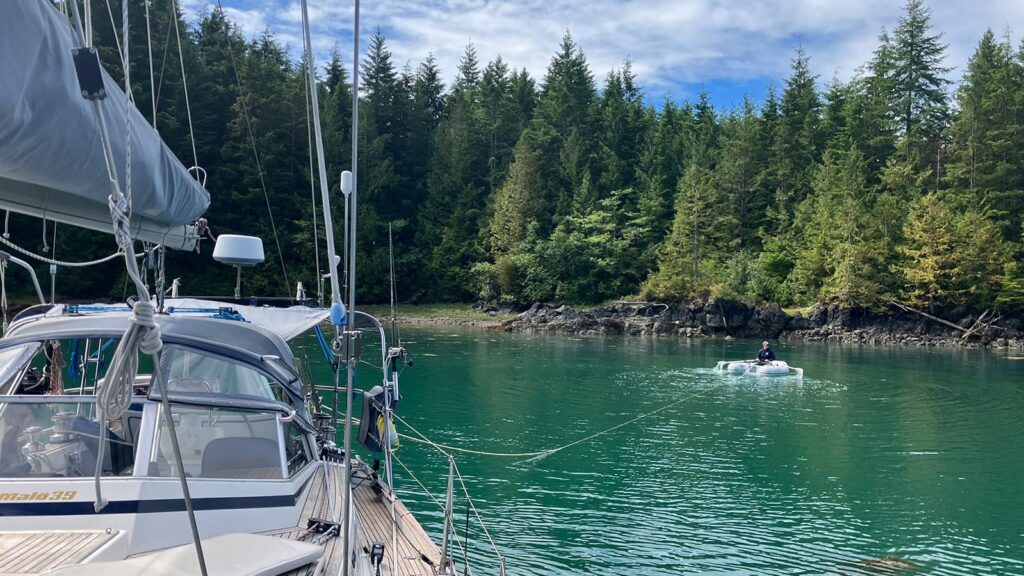What’s in a Rig Series #4
Ketch rigs hold a special place in many a cruising sailor’s heart. There’s something dignified and majestic about them. They are two masted rigs with a main mast and a (smaller) mizzenmast – they carry a jib just like a sloop. Generally, ketches will be in the 40-plus foot range. The reasoning for this is that before sailing hardware and gizmotology (yes, we invented a word) was as advanced as it is now, designers were looking for ways to carry a good amount of sail, but make it manageable at the same time. This configuration served that purpose and while doing so also gave sailors quite a few options for various weather conditions and situations.
Ketch rig sailors speak of the balance that can be achieved with adjusting the various sails in a multitude of ways. There’s a more nuanced control that is achievable through the assortment of trimming permutations. Some take pride in the ability to lock the helm and steer the boat using just the relationship of the multiple sails.
Like cutter rigs, ketch advocates also sing praises for its characteristics in heavier winds. Many will break down the mainsail and go with the mizzen and foresail combo, which can make for a balanced and comfortable ride in more blustery conditions. Factor in reefing and there are a lot of options to depower and find the perfect amount of canvas to fly.
Many fans of the ketch will speak of the mizzenmast as a trusty old friend. It can help stabilize the boat under power, even act like a poor man’s bow thruster at times (a very poor man by the way). And for cruisers, it can also be utilized for more industrious purposes like using it as a crane to pick up a dinghy or some other heavy something or other. You’ll also see many wind generators, antennas and other stuff mounted on mizzenmasts because of their natural excellent positioning for such things.
So the ketch is a definitely a great choice for short-handed cruisers. It has many practical benefits and let’s face it – a pretty ketch, fully rigged and sailing peacefully on a beam-reach, heading somewhere better than where it was…that’s a defining image of what sailboat cruising is. Photo Pat Reynolds.
[contentblock id=whats-in-a-rig size=”165″]








